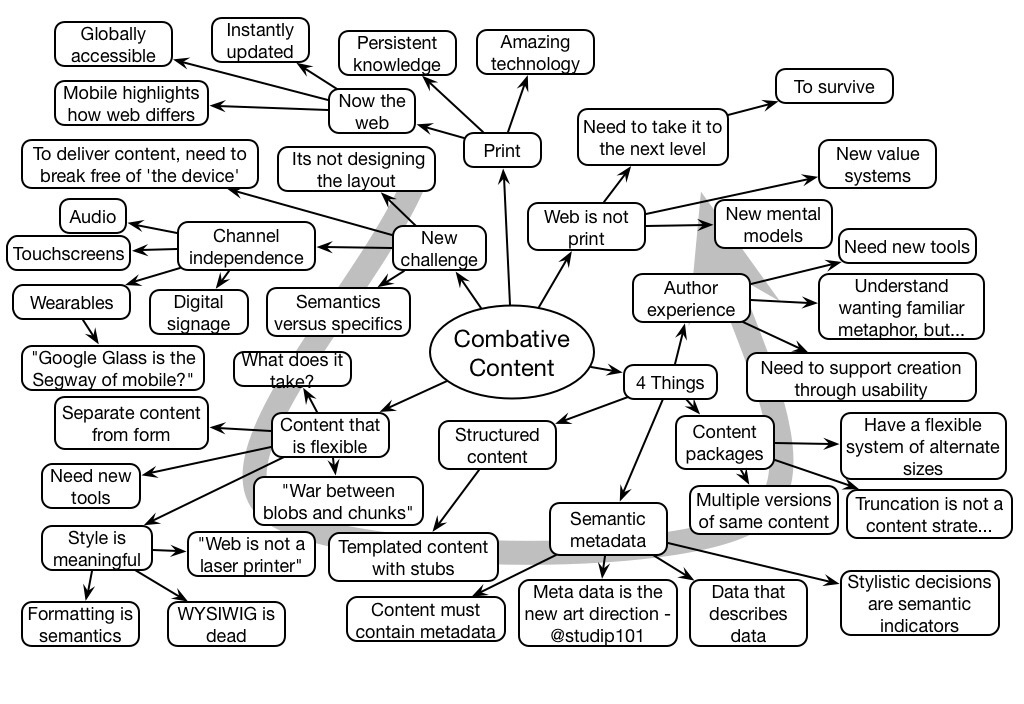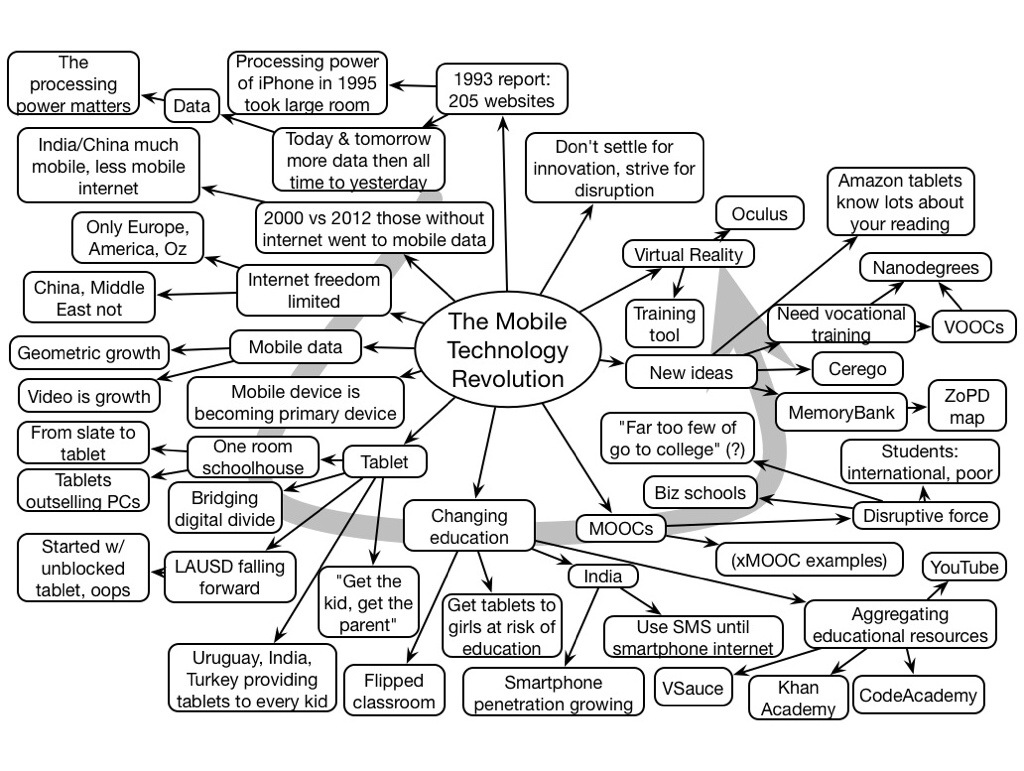Jane Hart compiles, every year, a list of the top 10 tools for learning. And, of course, it’s that time again, so here we go. I like what Harold Jarche did about tagging his list with the steps of his Seek-Sense-Share model for Personal Knowledge Mastery, so I’m adding that as well. In no particular order:
1. Word: I write most of my articles and books in Word. The outline feature is critical for me (and the main reason I haven’t switched to Pages, it’s just not industrial strength) in structuring my thoughts, and writing is one of the ways I think out loud. Sense & Share.
2. WordPress: the other way I write out loud is on my blog (like this), and my blog is powered by WordPress. Share.
3. OmniGraffle: diagramming is the other way I think out loud, and I’m regularly getting my mind around things by diagramming. Sense.
4. Google: the core tool in my searching for answers for things. Seek.
5. Twitter: a major source of input, pointing to things of interest. Seek.
6. Facebook: also a source of insight. Seek.
7. Skype: continues to be the way I stay in touch with my ITA colleagues (Seek, Sense, & Share)
8. Mail: email is still a major tool for getting pointers, staying in touch, asking questions, etc. (Seek, Share)
9. Keynote: creating presentations is another way I organize my thoughts to share. Sense & Share.
10. OmniOutliner: another way of organizing my thoughts. A different tool for the same purpose. Sense.
What tools do you use?

